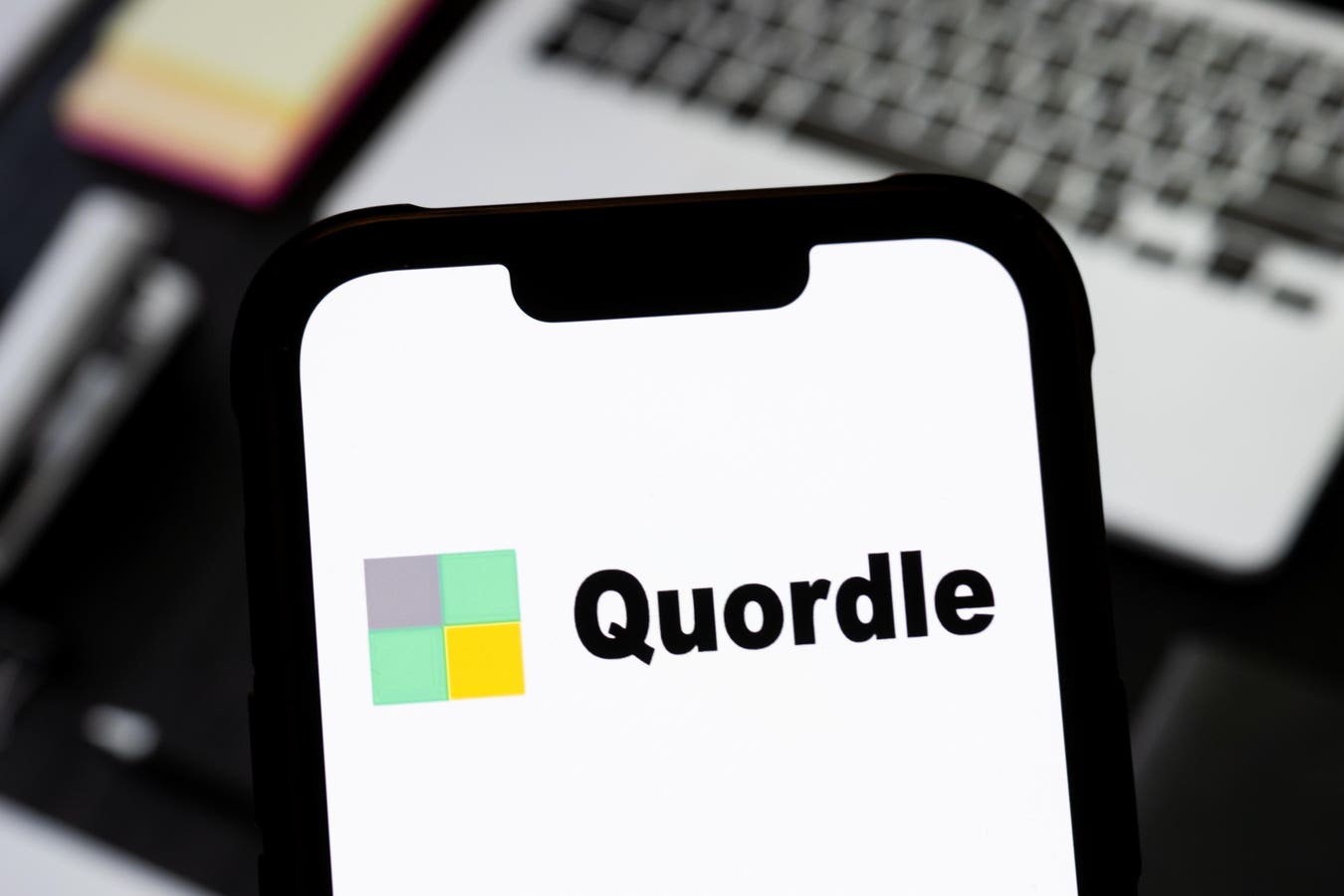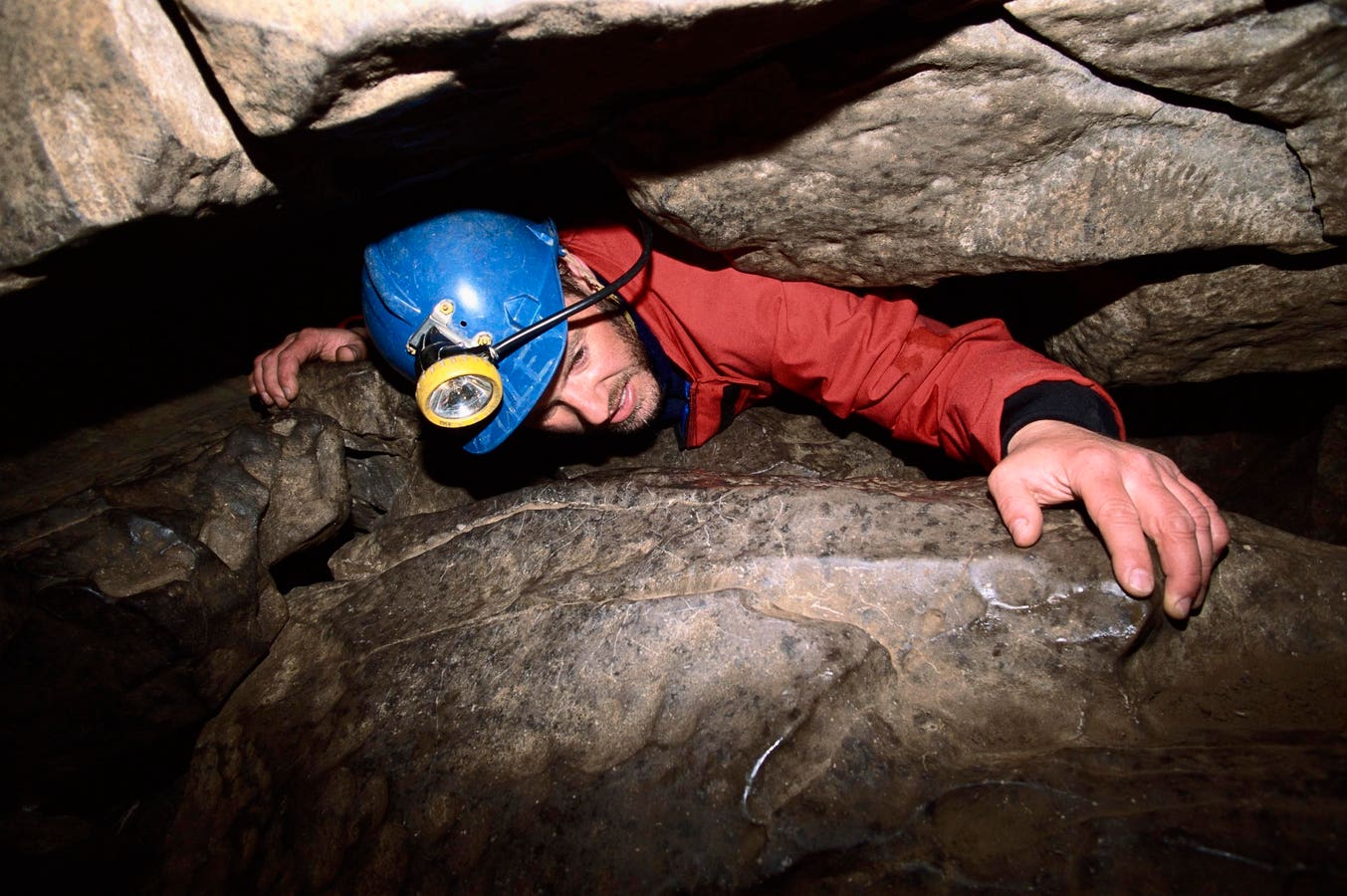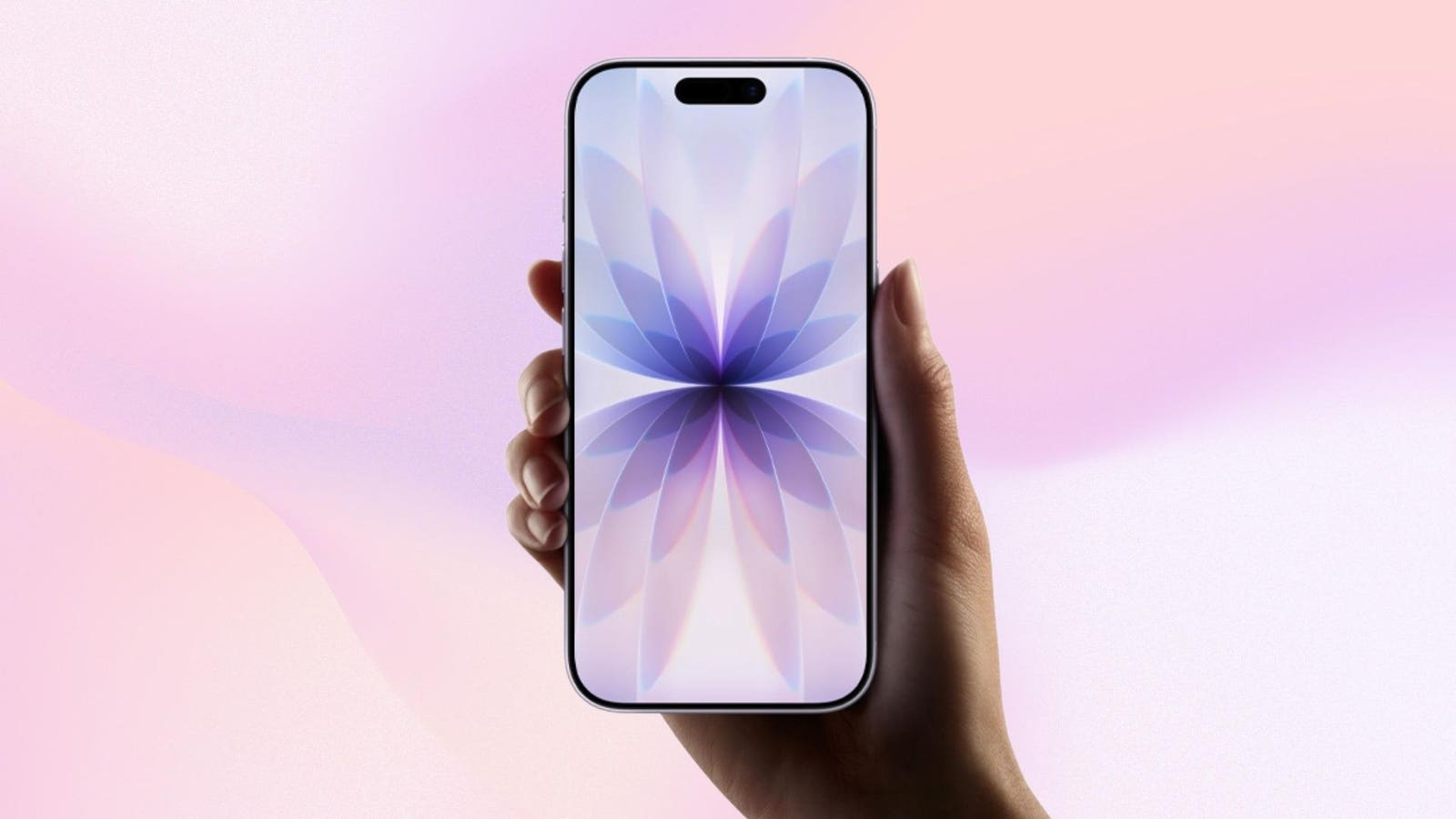The author using the Apple Vision Pro alongside the MacBook Pro with M4 Pro processor
Anshel Sag
I have been using the Apple Vision Pro AR headset since it launched in February 2024. Most of my usage centered on consumer content consumption and the immersive apps that were built for visionOS. Yet Apple also promoted the Vision Pro’s productivity capabilities, and I have heard many people talk about how the Vision Pro is a great productivity enhancer on the go — but there’s just one problem.
I’m a Windows guy.
I’ve been building Windows PCs since I was 11, and I still build my own to this day. In fact, the last time I used a Mac daily was in elementary school — where we had colorful iMacs.
Still, I went out and bought a Magic Keyboard and Magic Trackpad to accompany my Vision Pro. I tried to be productive on it, but it simply didn’t fit with my workflows. It turns out that I was missing out on the added productivity capabilities that come with pairing a Mac with the Vision Pro.
Starting To Use A Mac For Productivity
Apple was generous enough to send me a MacBook Pro with an M4 Pro processor inside — allowing me to experience what the Mac has to offer when paired with the Vision Pro. The MacBook Pro is still far from my primary computer for productivity, but for most people, it is easily powerful enough to be their only computer.
It was nice to see how easy the Vision Pro setup was. I simply had the MacBook Pro in front of me, put the Vision Pro headset on, and connected the two via a prompt that popped up on the Vision Pro screen, hovering above the laptop. After that, I was able to mirror my desktop in a multitude of sizes using Mac Virtual Display — including an ultrawide display that closely mimics my current triple-monitor, dual-PC setup.
I would estimate that the standard virtual display size within the Vision Pro is about the size of a 32-inch monitor (like my Alienware QD-OLED), while the wide display appears to be about the size of my 40-inch Dell UltraSharp 5K monitor when up close. The ultrawide display is truly unmatched, only coming close to Samsung’s 57-inch Odyssey G9 — although, within the Vision Pro, it could be blown up to a much larger size than any monitors I own and be as tall as my apartment.
It’s super handy to be able to use the laptop’s keyboard and trackpad to control the cursor in the Vision Pro — especially while working in the ultrawide display. And because the Vision Pro resolution is so high, working in documents is really not bad at all. My personal preference is to have the virtual display positioned farther away from me than the MacBook Pro.
Overall, I really enjoyed how well the combination of the MacBook Pro and Vision Pro was able to replicate my triple-monitor setup and enable me to work in a similar way as I do at my desk — except that now I can do it virtually anywhere I can take the laptop and headset. I particularly enjoyed using Lightroom for photo editing and RAW processing because most of my images are 61 megapixels — and you can appreciate that kind of resolution much better in the Vision Pro than on a 14-inch MacBook.
Adding other Vision Pro apps — even 2-D apps — further enhances the already enjoyable 3-D experience of a curved 2-D workspace. I was impressed with the effect this setup had on my Discord experience; I was able to use my Persona to talk to my friends while showing them around my virtual workspace. Some of them were shocked that my Persona was a fully three-dimensional representation of my face and not a live video feed. I was even able to stream my Cyberpunk 2077 gameplay on my MacBook Pro to my friends on Discord — and it looked good. It almost seems foreign to talk about streaming games on a Mac, but Apple has clearly invested a lot of effort into working closely with game designer CD Projekt RED to bring an incredibly beautiful and performant version of Cyberpunk to macOS.
Newer Silicon And Software Beefs Up The Experience
What I am most excited about is the addition of macOS spatial rendering (announced in June at WWDC25), which will enable the Vision Pro and visionOS applications to take advantage of the much more powerful Apple silicon inside the MacBook Pro. The M2 chip inside the Vision Pro is limited to 16 GB of RAM, while the M4 Pro in the MacBook Pro offers 48 GB — so macOS spatial rendering should enable users to multitask better. It will effectively double the GPU horsepower as well, going from 10 GPU cores to 20, while also significantly increasing CPU cores from 8 to 14. Geekbench also shows CPU performance being about 50% faster for single-core and more than twice as fast for multi-core. Memory bandwidth is also more than doubled — from 100 GB/s to 273 GB/s — which helps a lot with memory-intensive tasks like video editing and AI. The GPU in the M4 also supports ray-tracing for games like Cyberpunk 2077, while the M2 does not.
The faster M4 Pro chip in MacBook Pros can handle a lot of demanding tasks that would otherwise overwhelm the Vision Pro alone. So while I do think the Vision Pro is due for its own silicon refresh, pairing it with any M4 MacBook Pro already unlocks significant power. With macOS spatial rendering being introduced, I could see more applications taking advantage of MacBook compute to enhance Vision Pro visuals and deliver smoother framerates, even with elevated visuals.
The Future Of Productivity In XR
Right now, we’re still in the early stages of productivity in spatial computing, with mostly 2-D apps living in 3-D spaces. I believe that Apple’s new Spatial Widgets will help boost productivity on visionOS and the Vision Pro when paired with a MacBook. Developers have yet to even begin exploring what kinds of Spatial Widgets could live persistently in your home or work and how they might be useful on a day-to-day basis.
Up until now, the Vision Pro was predominantly an entertainment device for me that required me to carry a Magic Keyboard and Magic Trackpad to be productive — and that was a bit much to travel with. I would consider traveling with my Vision Pro much more if it significantly added productivity to my travel workflows. And I could see my Vision Pro and MacBook Pro being the only two devices I need for productivity on the road. I’ll continue to explore that during September (or “Techtember”), when I’ll be on the road for most of the month.
Moor Insights & Strategy provides or has provided paid services to technology companies, like all tech industry research and analyst firms. These services include research, analysis, advising, consulting, benchmarking, acquisition matchmaking and video and speaking sponsorships. Of the companies mentioned in this article, Moor Insights & Strategy currently has (or has had) a paid business relationship with Dell Technologies (Alienware) and Samsung.









